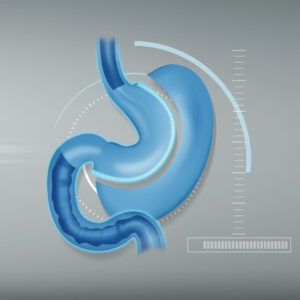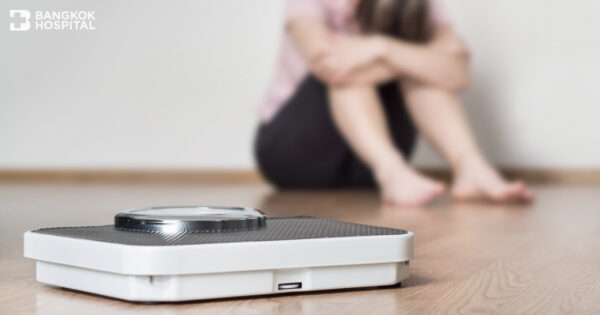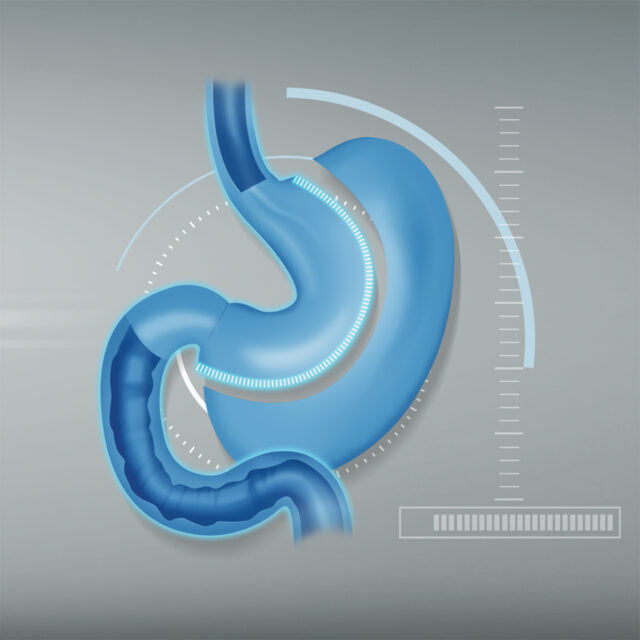Losing weight can seem very tough. Sometimes you may feel like you are doing everything right and yet unable to achieve satisfying results. It is important to understand the cause of weight gain and know how to lose weight in a healthy way. This will help you control your weight in the long run.
Why you are not losing weight despite your diet control?
There are two reasons why you are not losing weight despite the diet control. Choosing the wrong kind of food or portion size
- Before you look for reasons somewhere else, make sure you are eating right. A calorie deficit is required for weight loss. You might eat a smaller portion but choose the food that is high in calories. Processed low-fat foods are often considered good choices for losing weight, but they may actually have the opposite effect. Many of these products are loaded with sugar to improve their taste.
- Low metabolism rate
Depending on your metabolic functions on average, over time, it determines how many calories you are able to burn. If your metabolism is high, you will burn more calories at rest and during activity. That is one reason why some people can eat more than others without gaining weight. A person with a low metabolism will burn fewer calories at rest and during activity and therefore has to eat less to avoid issues related to being overweight.
How to lose weight effectively?
The key to weight loss is being active and maintaining diet control.
- People with normal metabolic rate
Diet control and regular exercise will lead to weight loss. - People with low metabolic rate
People with low metabolic rate should control their diet and focus on cardio workouts (aerobics, swimming, running, and riding a bicycle) as it will help increase muscle mass.
When choosing an exercise plan, always consider your health condition. For person with osteoarthritis of knee, aquatic exercises may be considered. A person with heart disease should consult a doctor about an appropriate exercise plan.
PLATE MODEL
Healthy balanced diet will help you lose weight and maintain the weight in the long run. Plate model is a good guidance in order to plan for 500-600 calories per meal.
1 meal consists of:
- Vegetables 2 portions: starch 1 portion, low fat protein 1 portion
- Oil 2 teaspoons, sugar 2 teaspoons
- Seasoned with soy sauce 2-3 tablespoons
- Low fat milk 1 glass (240 cc)
- Fruit 1 portion (size of a tennis ball) – except durian which can be consumed only in half portion
You can also add sour and spicy seasoning to the food. Eating all five food groups is essential in order to prevent malnutrition. You should eat 3 meals a day but you can divide the meals into 5-7 smaller meals. This will increase your metabolic rate.
Low calorie foods that make you feel full
- Cook your food by steaming, boiling, grilling
- Avoid fried food, garlic oil, oily food
- Avoid hard-shell nuts
- Avoid sweetened drinks, sugar, honey, condensed-milk, and syrups
The key to maintaining weight loss is exercise, as it will stimulate the body’s metabolism. Therefore, it is important to exercise regularly.











